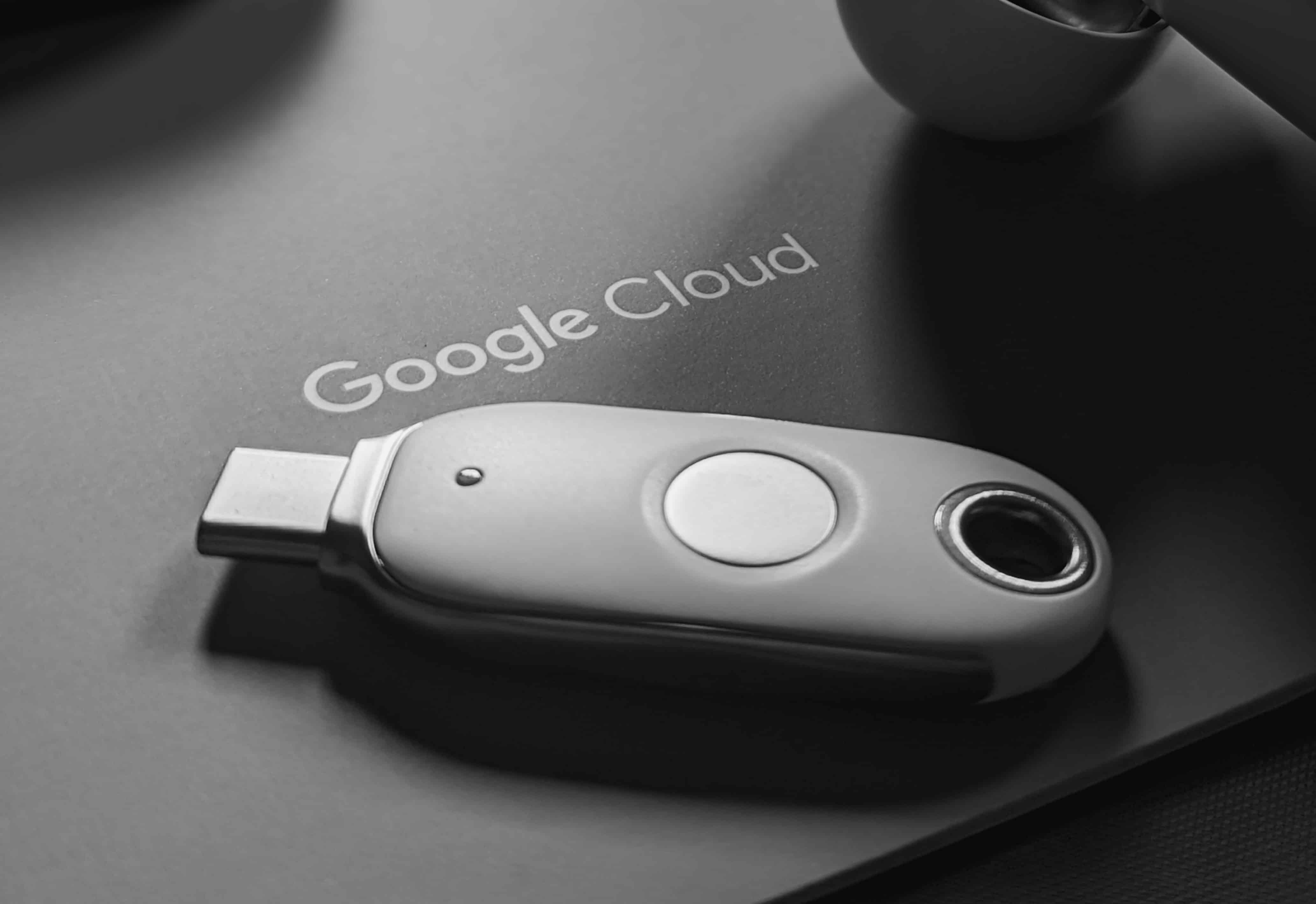Content Marketing 101: Do You Need a Digital Asset Management System?
March 14, 2023
As online marketing and commerce continue to expand, content marketers are increasingly relying on digital assets to build brand awareness and influence buying behavior.
In the simplest terms, a digital asset is any content in any format that is stored digitally and provides value to the company. This typically means visual assets like images, logos, photos, videos, graphics, slide decks, webinar clips, and presentations. It also includes audio files like podcasts.
As the visual representation of your product or service, digital assets are the foundation of your brand identity. Utilizing them effectively is critical for engaging your target audience through the many available channels and maintaining a competitive market position. But as your content library grows, it can be challenging to organize and manage the many types of media assets.
That’s where a digital asset management (DAM) system comes in.
A digital asset management system is software that acts as a centralized repository for all your marketing assets—not just website content. Specifically, it stores and manages digital assets and multimedia content in addition to text and website content.
Since content management terminology can be confusing, let’s start with some basic terms and definitions.
Content Management Systems: An Overview
Content management is an umbrella term that references the overall management of information in any format. It’s typically used in reference to the entire digital content lifecycle, from creation to storage or deletion, and includes every step in the process.
A content management system (CMS) is basic website technology that lets you create and publish content yourself without the need for back-end coding.
If you have a website, you’re already using a CMS.
Systems like Squarespace, WordPress, and Wix allow you to host and edit your own content, which is usually text like blog posts and landing pages.
Many of these also offer e-commerce capability and basic SEO (search engine optimization). These are the most basic content management systems if your needs are relatively simple.
A content management platform is a more robust solution with greater functionality. These are software platforms designed to centralize and streamline every aspect of your content marketing process.
Systems like CoSchedule, Optimizely, and Contently help you manage your entire content lifecycle from planning, creating, publishing, hosting, and editing to storage and archiving.

Some CMS systems also provide workflow management, automated publishing, traffic monitoring, keyword filtering, analytics, and a range of other functions.
What’s a digital asset management (DAM) system?
According to OpenAsset, digital asset management (DAM) is “the process by which organizations store, share, organize, find, and retrieve digital assets from their ever-growing library of content, rich media and digital materials, things like images, videos, audio files, branding material, presentations, proposals and more.”
Digital asset management is a software system designed to centrally store and manage digital assets.
Digital assets include any content types used for marketing purposes, including:
- Graphics
- Images
- Videos
- Logos
- Presentations
- Documents
- Spreadsheets
- PDFs
- 3D models
- Animations
- Webinar clips
- Audio files/podcasts
Whereas a CMS manages content relevant to your website only and is limited in the content types it can accommodate, a DAM system manages assets relevant to the entire company and marketing operation—including social media, which can involve hundreds of assets.
It also goes a step further by offering additional functions designed to fully optimize your content management.
A DAM system is typically cloud-based subscription model software that integrates with your existing content system or platform. Some are standalone and include some CMS functions.

Hubspot, for example, offers the option of integrating software into your existing site or building your entire site on their platform, since it acts as a content management system as well.
Some, like Monday.com, also integrate with project management systems or apps like Google Drive, Slack, and Dropbox.
Key DAM system features include:
- Optimized content organization and management
- Automated asset creation and distribution
- Importing and exporting
- Customized storage library
- Access control/user permissions
- Collaboration and version tracking
- Advanced custom search capability (metadata, keywords, tagging, filters)
- Customized reporting and analytics
- Integration with third party applications (CMS, CRM, and others)
Why do you need a DAM System?
Lost, wasted, or inconsistent digital assets can have a significant business impact. Having your digital assets utilized across multiple users, devices, and platforms is a business risk and an opportunity cost. Losing track of a piece of content, for example, may mean reinvesting time and resources into recreating it. If multiple team members are unknowingly using different versions of an asset—like brand images or logos—the result is inconsistent messaging and a less effective campaign.
A good DAM system is essentially a “central source of truth” that will optimize every aspect of your content marketing. Some key benefits include:
- Improved asset management, including elimination of lost and duplicate files
- Streamlined workflow and collaboration across dispersed teams
- Ease of asset retrieval for content repurposing
- Adherence to digital rights management (governance and compliance)
- Brand consistency across channels
- Insight into asset usage
- Increased conversion and client retention
- Enhanced digital experience for users
A DAM system will maximize the value of your content across all your marketing channels.
Choosing a DAM System
As with every other aspect of your content marketing campaign, you should choose a system based on your specific business goals and the complexity of your needs. Criteria to consider include enterprise size, marketing priorities, types of assets, content volume, which teams will use the system, number of users, and compatibility with your existing system.
Choosing a DAM system is an inexact science. There can be crossover between CMS and DAM systems and functions, so it’s important to understand the functions of each and their integration.
System costs vary. Most are subscription models and offer demos and a free trial.
Fortunately, there’s a wealth of expertise available to guide your decision-making process. If you’re ready to learn more, this article offers a good overview of the topic. This one provides an overview of some of the available options.
In an increasingly digital world, a DAM system is one of the most important investments you can make in your content marketing. You’ve invested significant time and resources into creating your digital content. The right DAM system will ensure it performs effectively and delivers optimal results.






























